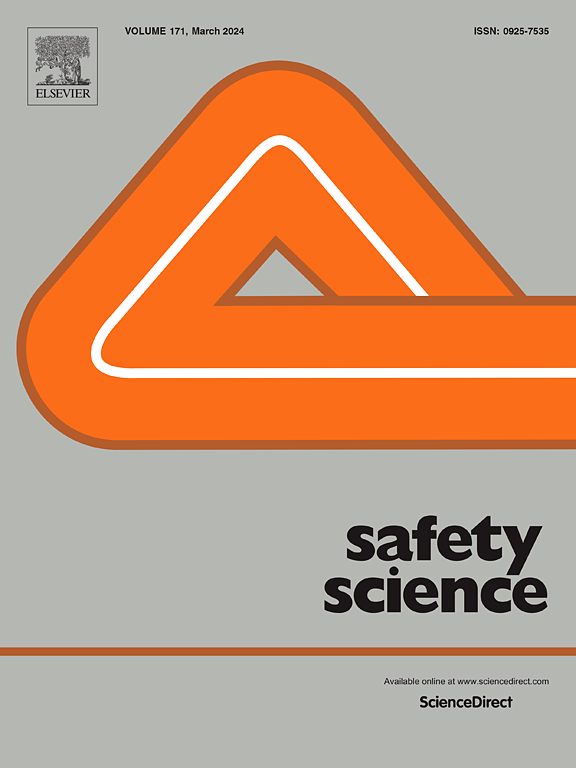Modeling human critical success factors for maritime safety: a DEMATEL approach
IF 4.7
1区 工程技术
Q1 ENGINEERING, INDUSTRIAL
引用次数: 0
Abstract
Maritime safety is vital for safeguarding human life, protecting the marine environment, and preserving valuable assets while ensuring compliance with international standards such as SOLAS and the ISM Code. This study provides a comprehensive exploration of the dynamics among human critical success factors (CSFs) in maritime safety, identifying their most prominent cause-and-effect relationships. Employing the Decision Making Trial and Evaluation Laboratory (DEMATEL) methodology, the analysis combines a systematic literature review with insights from maritime experts. The study uniquely assesses perceptions across a broad sample of experts representing different professional groups—Executive Leadership Professionals, Onboard Operational Officers, and Administrative Professionals—highlighting variations and commonalities in their views on safety practices. The core findings emphasize the significance of an integrated approach to managing human factors, primarily through comprehensive training programs, robust leadership, and clear communication. Central to this approach are decision-making skills, which serve as a mediator, channeling the synergistic effects of the aforementioned causal factors to significantly enhance safety culture and strengthen crisis management practices within the maritime industry. By focusing on these pivotal areas, maritime organizations can enhance their safety protocols, thereby fostering a more resilient and effective safety management system. The interconnected nature of human CSFs in maritime safety, as identified in this study, opens paths for theoretical exploration in future research using diverse lenses such as Systems Theory, Contingency Theory, and Organizational Culture Theory.
模拟海上安全的人类关键成功因素:DEMATEL方法
海上安全对于保障人类生命、保护海洋环境、保护宝贵资产,同时确保遵守SOLAS和ISM规则等国际标准至关重要。本研究对海上安全中人类关键成功因素(csf)的动态进行了全面探索,确定了它们最突出的因果关系。采用决策试验和评估实验室(DEMATEL)方法,分析结合了系统的文献综述和海事专家的见解。该研究对代表不同专业群体(行政领导专业人员、船上运营人员和行政专业人员)的广泛专家样本进行了独特的评估,突出了他们对安全实践观点的差异和共性。核心发现强调了综合方法管理人为因素的重要性,主要是通过全面的培训计划、强有力的领导和清晰的沟通。这种方法的核心是决策技能,它作为中介,引导上述因果因素的协同效应,显著提高安全文化,加强海运业内的危机管理实践。通过关注这些关键领域,海事组织可以加强其安全协议,从而建立更有弹性和更有效的安全管理体系。正如本研究所确定的,人类csf在海上安全中的相互联系性质,为未来使用系统理论、权变理论和组织文化理论等不同视角的理论探索开辟了道路。
本文章由计算机程序翻译,如有差异,请以英文原文为准。
求助全文
约1分钟内获得全文
求助全文
来源期刊

Safety Science
管理科学-工程:工业
CiteScore
13.00
自引率
9.80%
发文量
335
审稿时长
53 days
期刊介绍:
Safety Science is multidisciplinary. Its contributors and its audience range from social scientists to engineers. The journal covers the physics and engineering of safety; its social, policy and organizational aspects; the assessment, management and communication of risks; the effectiveness of control and management techniques for safety; standardization, legislation, inspection, insurance, costing aspects, human behavior and safety and the like. Papers addressing the interfaces between technology, people and organizations are especially welcome.
 求助内容:
求助内容: 应助结果提醒方式:
应助结果提醒方式:


